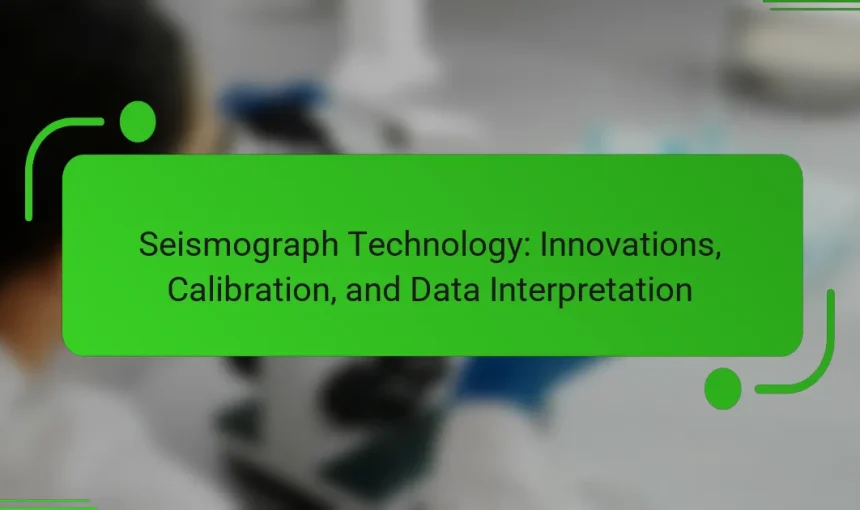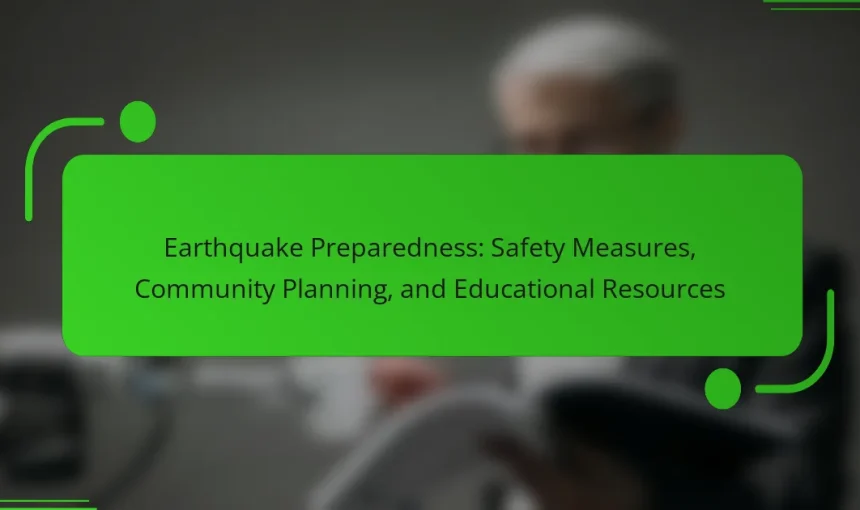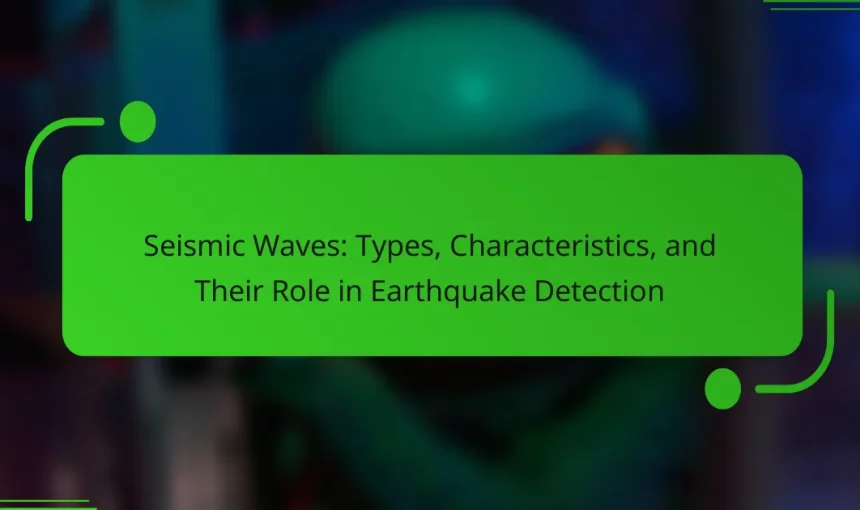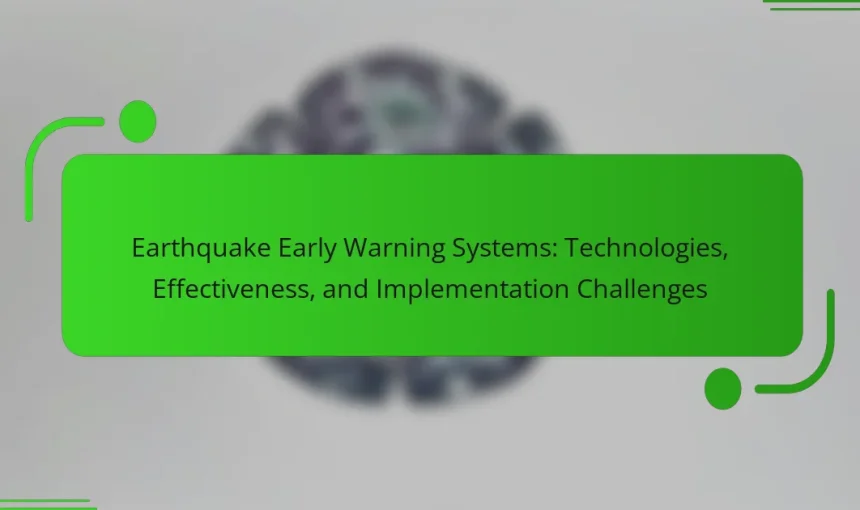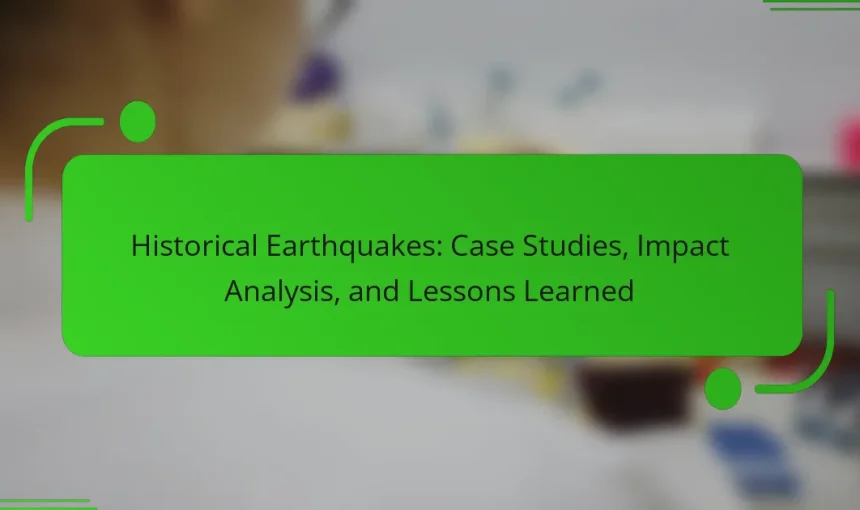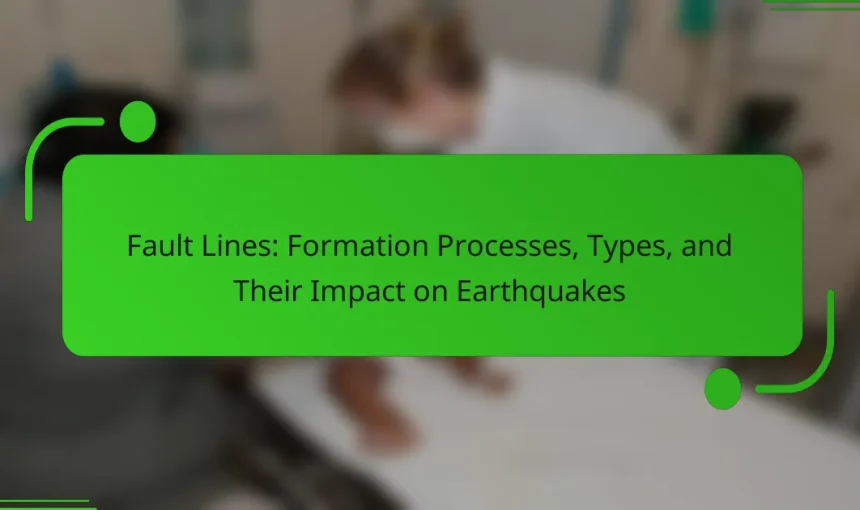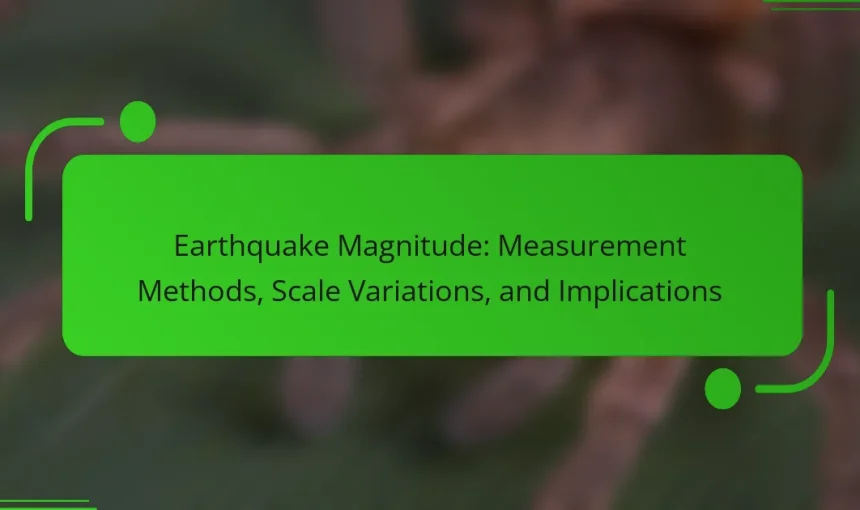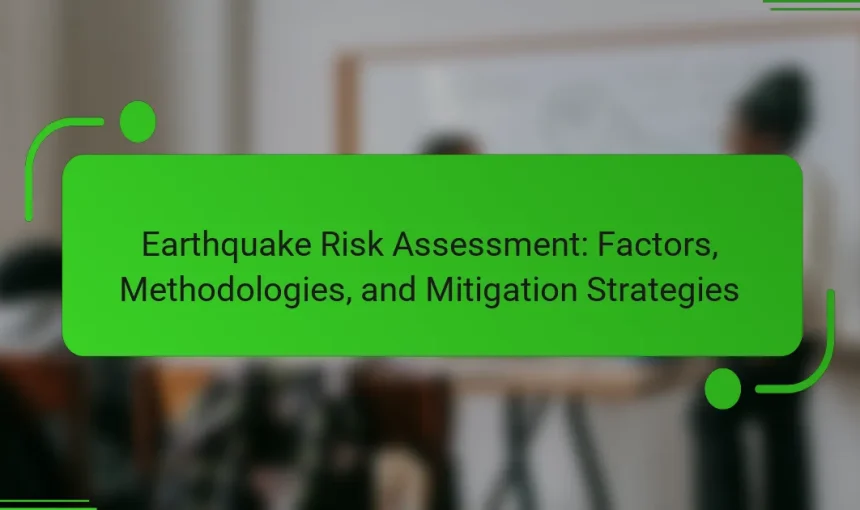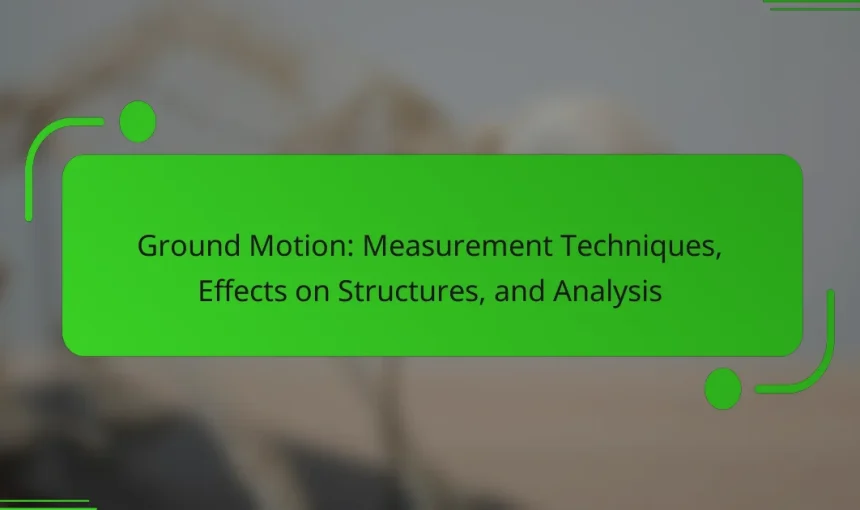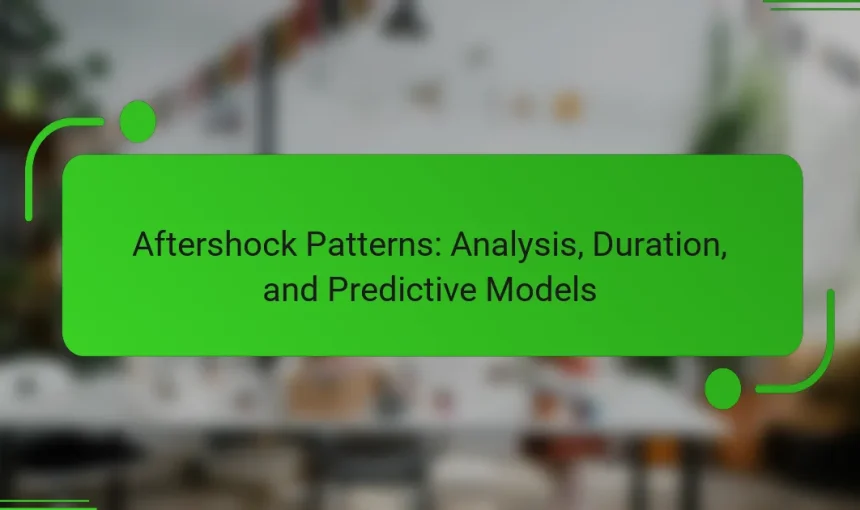Seismograph technology is a scientific instrument designed to measure and record seismic waves generated by earthquakes, explosions, and geological activities. This technology employs a mass suspended on a spring to detect ground movements, with modern devices capable of identifying movements as minimal as a few nanometers. The article explores the evolution of seismographs since their […]
Earthquake preparedness encompasses the proactive measures taken to ensure safety during seismic events. Key aspects include the development of emergency plans, securing heavy furniture, and assembling disaster supply kits. Additionally, community education about earthquake risks and response strategies plays a crucial role in enhancing resilience. According to the Federal Emergency Management Agency (FEMA), effective preparedness […]
Seismic waves are energy waves produced by the sudden release of energy in the Earth’s crust, primarily during earthquakes. They are categorized into two main types: body waves, which include primary (P) waves and secondary (S) waves, and surface waves. P-waves travel faster and can move through solids and liquids, while S-waves are slower and […]
Earthquake Early Warning Systems are advanced technologies that detect seismic activity and provide alerts before shaking occurs, allowing people and organizations to take protective measures. These systems rely on a network of sensors to monitor ground motion and analyze seismic waves, with the potential to save lives and reduce injuries during earthquakes. However, challenges such […]
Historical earthquakes are significant seismic events that have shaped communities and landscapes, providing crucial insights into geological processes and earthquake risks. This article analyzes notable historical earthquakes, such as the 1906 San Francisco earthquake and the 2004 Indian Ocean earthquake and tsunami, examining their devastating impacts on infrastructure, loss of life, and economic consequences. It […]
Fault lines are fractures in the Earth’s crust where tectonic plates converge, serving as the primary sites for earthquakes. This article explores the formation processes and types of fault lines, emphasizing their significance in seismic activity. Key characteristics of fault lines, such as the San Andreas Fault, are discussed in relation to their potential for […]
Earthquake magnitude is a numerical measurement that quantifies the energy released during a seismic event, primarily assessed using the Richter scale and the Moment Magnitude scale. This measurement is crucial for understanding the potential impact of earthquakes, as higher magnitudes correlate with increased destruction and loss of life. The article will explore the implications of […]
Earthquake risk assessment evaluates the potential impacts of earthquakes on specific areas or structures, focusing on identifying vulnerabilities and estimating the likelihood of various earthquake scenarios. This process utilizes historical data, geological studies, and engineering analyses to inform decision-making related to disaster preparedness and mitigation strategies. The article explores the factors influencing earthquake risk assessments, […]
Ground motion is the shaking of the ground caused by seismic waves during an earthquake, and it plays a crucial role in evaluating the impact of earthquakes on structures. The article covers various measurement techniques for ground motion, including accelerometers, displacement sensors, and GPS-based systems, each with unique applications in earthquake engineering. It highlights how […]
Aftershock patterns refer to the sequences of seismic events that follow a significant earthquake, typically occurring in the same region as the main shock. These aftershocks vary in magnitude and frequency, diminishing over time according to the Omori law, which states that their occurrence decreases as time progresses post-event. The article explores the characteristics of […]
